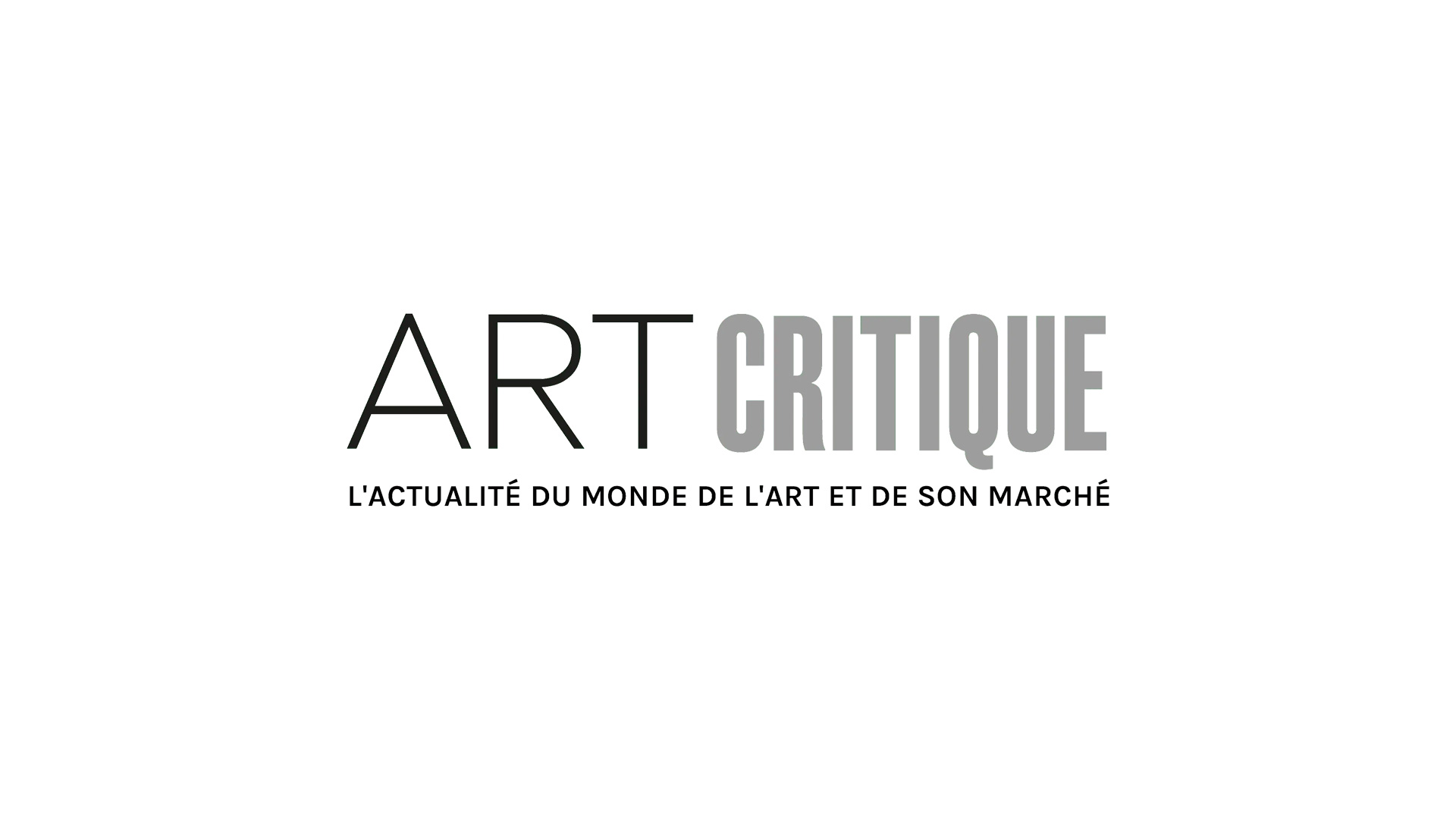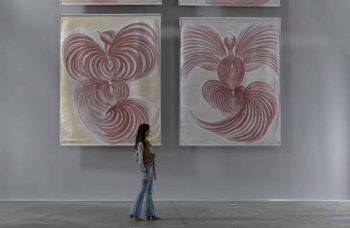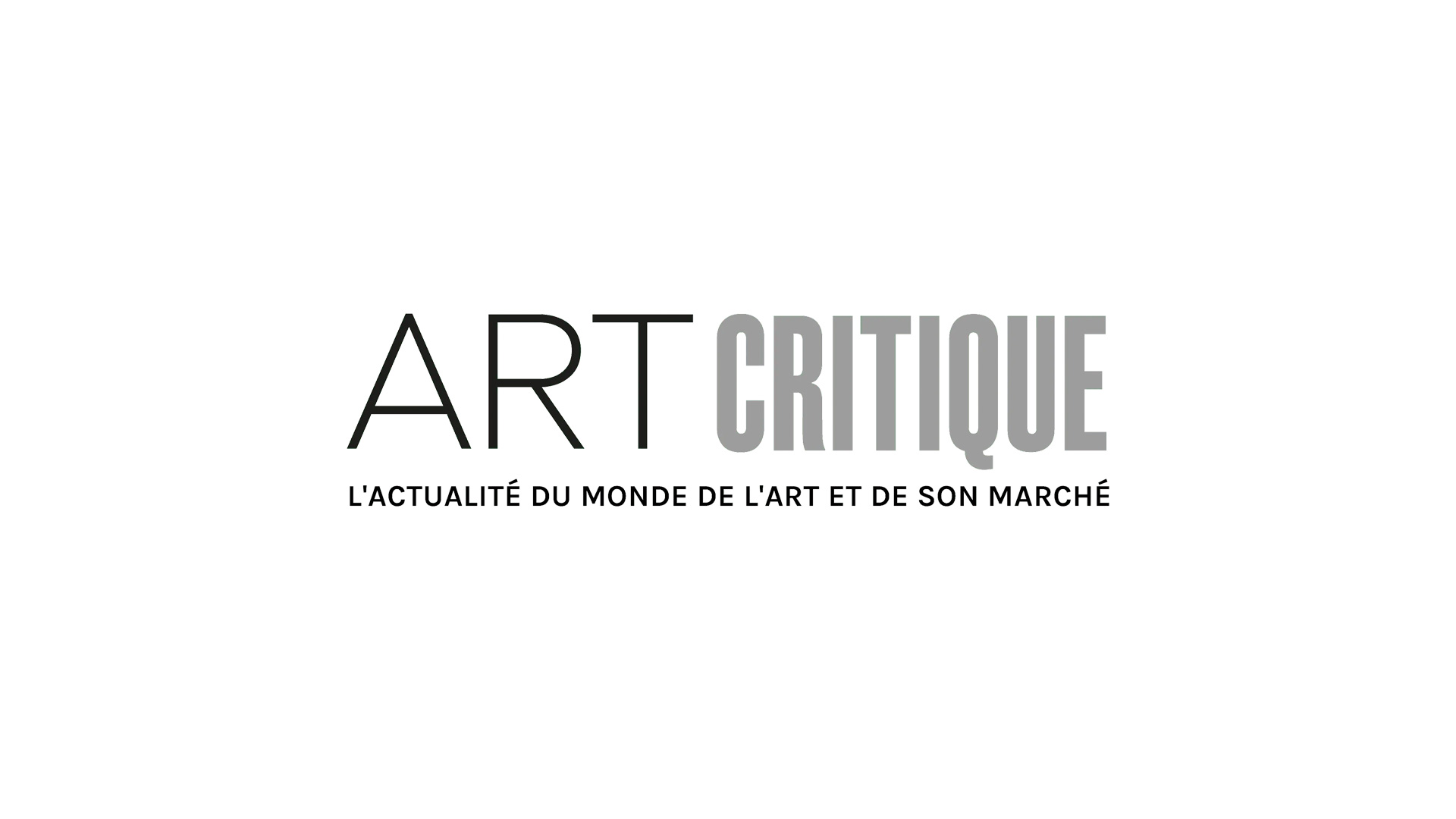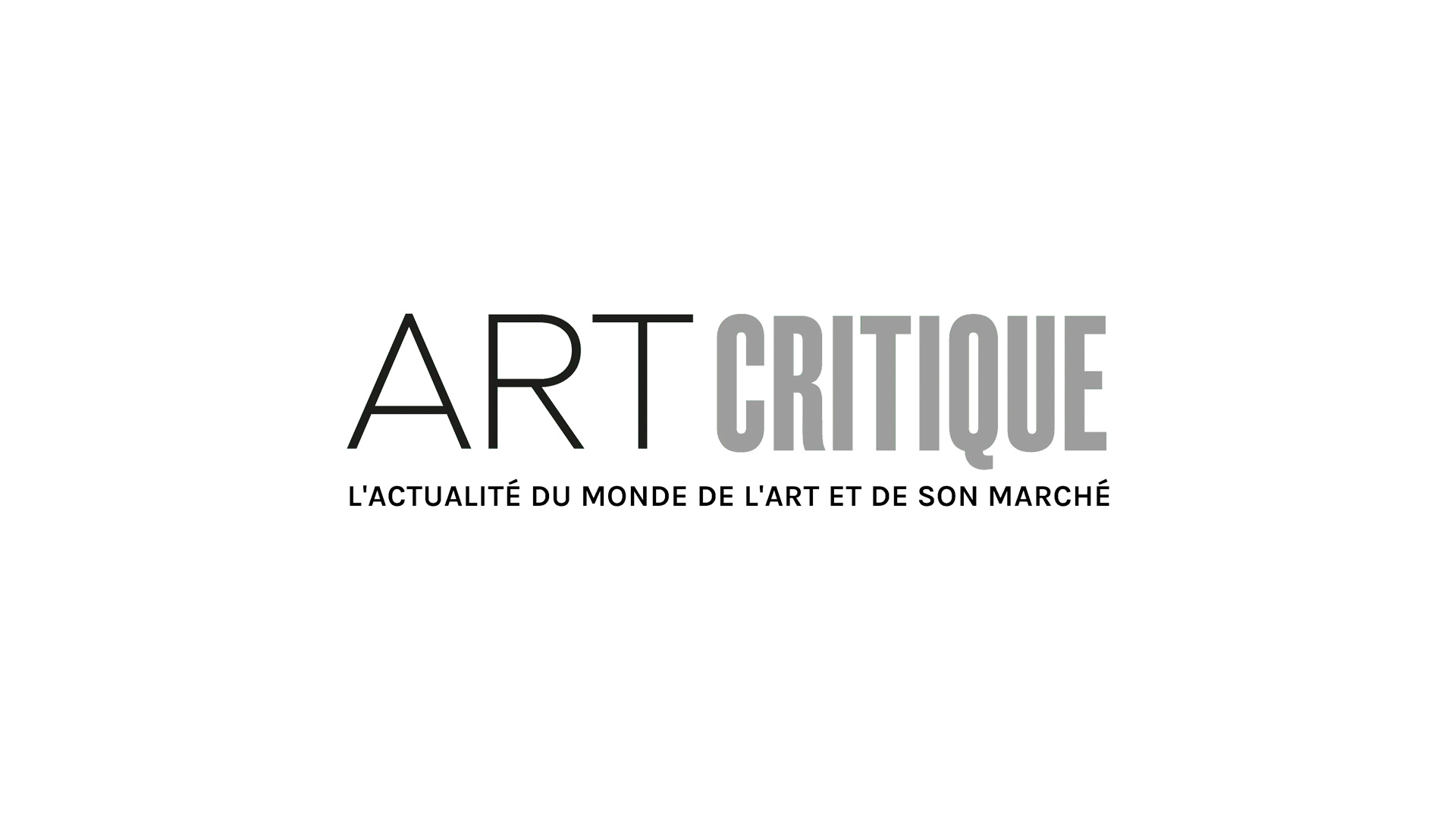In this Art World Roundup, Van Gogh comes to you through a new online database, the Vatican employs a new type of defence to keep online collections secure, and Phillips hopes to surpass the $100 million mark in upcoming auction. Meanwhile, Vienna comes to terms with recent terror attack, a Nick Cave artwork starts an unintended conversation in New York, and yet another artwork has fallen victim to botched restoration in Spain.
Van Gogh Worldwide brings the Dutch artist to you
The Kröller-Müller Museum in Otterlo and the Van Gogh Museum in Amsterdam have come together to create a database called Van Gogh Worldwide. The website, launched just as the Netherlands and other countries in Europe enter into a second lockdown, will allow people around the world to access works by and information about the renowned artist. Provenances, archival materials, the versos of some works, and more relating to 1,000 works on paper by van Gogh are now available as part of the database. Van Gogh Worldwide is a collaborative effort between the Kröller-Müller, the Van Gogh museum, RKD–Netherlands Institute for Art History, and the Cultural Heritage Laboratory of the Cultural Heritage Agency of the Netherlands. Currently, the database includes works from the Kröller-Müller, the Van Gogh Museum, the Groninger Museum, the Rijksmuseum, the Museum Boijmans Van Beuningen, among others. However, in the future, Van Gogh Worldwide is expected to grow to offer more artworks by the famed Dutch artist.
It’s not just the Swiss Guard defending the Vatican
To put it simply, the Vatican’s library is extensive. It includes more than 80,000 manuscripts, many of which are rare and centuries old, and it grows larger each year. Among its stores are the oldest copy of the Bible, drawings and writings by Galileo and Michelangelo, Virgil’s Aeneid and many other priceless books. The library is in the process of digitising its entire collection and to keep it safe, the Vatican has employed the use of artificial intelligence to secure its digital collection. To do so, the Vatican is working with Darktrace to help protect the Vatican’s online collection with AI that mimics the human immune system. “In the era of fake news,” chief information officer at the Vatican’s library told the Guardian. “These collections play an important role in the fight against misinformation and so defending them against ‘trust attacks’ is critical.”

December sale could make Phillips history
In just a few weeks, Phillips is anticipating “one of the highest-valued sales in the history of Phillips,” according to auction house deputy chairman, Robert Manley. The “20th Century & Contemporary Art Evening” sale is scheduled for December 7th and its packing a few art world punches that could push it over the $100 million (£75 million) mark. The star of the auction will be David Hockney’s Nichols Canyon (1980). The painting is considered to be Hockney’s first mature landscape and “unequivocally the most important landscape” by the artist still in private hands. Held in the LACMA’s collection, Nichols Canyon is expected to bring in around $35 million (£26.5 million). In addition to the Hockney, two major works by Joan Mitchell will be included in the New York sale. The paintings, one from the mid-1950s and the other from 1979, are essentially bookends to Mitchell’s oeuvre. Although they aren’t from the beloved artist’s most-sought after chapter in her career, Phillips hopes to draw in buyers amidst the lead up to a forthcoming Mitchell retrospective at the Baltimore Museum of Art. Two Pianos, a large diptych created by the artist in 1979, holds a pre-sale estimate of $9 million to $12 million (£6.8 million to £9 million) and Mitchell’s 1953-1954 Untitled carries a guarantee alongside an estimate of $10 million to $15 million (£7.5 million to £11.3 million). Other big-hitters to hit the auction block in the sale will be a 1982 Basquiat with an estimate of $10 million to $15 million and a late-1960s Ruth Asawa carrying an estimate of $1.5 million to $2 million, among others.

Vienna in the wake of terror attack
While much of the world focused on the US presidential election, Vienna was devastated by a terror attack that killed four and wounded more than 20 others. On the evening of November 2nd, a gunman brought the Austrian capital to a halt during a nine-minute rampage before the perpetrator was shot by police. A 24-year-old German art student was among those who died and her family has requested that she remain unnamed and that the media not publish her photograph. In addition to the art student, an Austrian woman, and two Austrian men, one of Chinese origin and the other of North Macedonia, were killed. “Hatred can never be as strong as our fellowship in freedom, in democracy, in tolerance and love,” said Alexander Van der Bellen, president of Austria, of the attack, vowing that the country would “protect and defend our values.” Police have referred to the 20-year-old gunman as an “Islamist terrorist” and two years, he was arrested and sentenced to prison time after attempting to travel to Syria to join the Islamic State. The attack has led many to question if more could have been done to stop the attack and just this week, Austrian chancellor Sebastian Kurz has proposed new legislation that would crack down on the people and places that “create the breeding ground” for terrorism.
Is it a sign? Or art?
The Jack Shainman Gallery in Kinderhook, New York has gotten a bit of a face lift but it’s received backlash from some local residents. Truth Be Told, by famed “Soundsuits” artist Nick Cave, wraps the facade of the art space in massive black vinyl letters that spell out the artwork’s title. Looking at it, the letters seem as though they’ve been transposed onto a photo of the building and its intention is to spark conversation about racism and police violence. However, some are arguing that the artwork violates city laws because it is actually a sign, which would violate city code. Shainman and his attorney, William J. Better, however, uphold that the work is in fact art and that it would be protected by the school’s special use permit. The installation of Truth Be Told was completed on October 31st, after the town refused to give permission for the artwork citing that the artwork would be considered a fire hazard since it covers up windows. The city has stuck to its original reason, but Better thinks these concerns are simply a scapegoat. According to Better, local code defines signage as “an announcement, direction or advertisement,” and according to him, the art center, and the artist, “this is none of those.” “If someone puts up ‘Seasons Greetings’ on their door for Christmas, would the village tell them to take it down? I think not,” continued Better. Cave told the New York Times that the work is “about admitting the truth that one might otherwise lie about.” For the artist, turmoil around the work is just “another indication of where people stand.”

Restoration gone awry – again – in Spain
Yet another botched restoration job has popped up in Spain. Stonework on a 20th-century building in Palencia once depicted the face of a smiling woman, but now, the figure is being compared to US president Donald Trump or even the Sand People from Star Wars. The terrible restoration work was first shared by artist Antonio Guzmán Capel in a Facebook post last week, likening it to a cartoon character. “I’m sure whoever did it got paid for it,” said Guzmán according to the Guardian. “But the bigger crime was committed by the person who commissioned it and then tried to carry on as though nothing was wrong.” This bad restoration job falls in line behind a number of other poor attempts to revive artworks in recent years, all of which have started to give Spain a notorious reputation for restoration and led many to call for more regulation. Earlier this year, a painting of the Virgin Mary was rendered nearly unrecognizable after restoration work, but the infamous “Monkey Christ” in Borja is perhaps the worst of botched restoration attempts.






